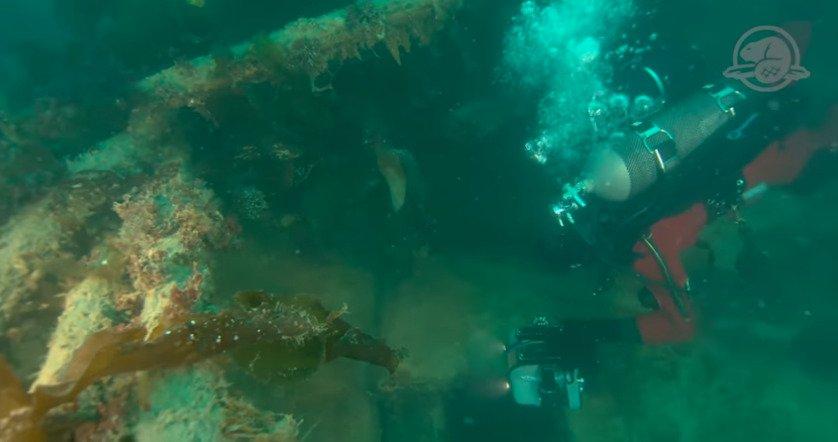The historic ship HMS Terror—one of two key vessels that sank in the Franklin expedition—has been found in “almost pristine” condition, according to the results of an underwater exploration organized by Parks Canada’s Underwater Archaeology Team.
The shipwreck, which was first discovered in September 2016 at Terror Bay in Nunavut, is a National Historic Site of Canada alongside its counterpart HMS Erebus. Researchers believe the wreckage of the two ships could hold crucial clues to the background behind Sir John Franklin’s lost Arctic voyage.




